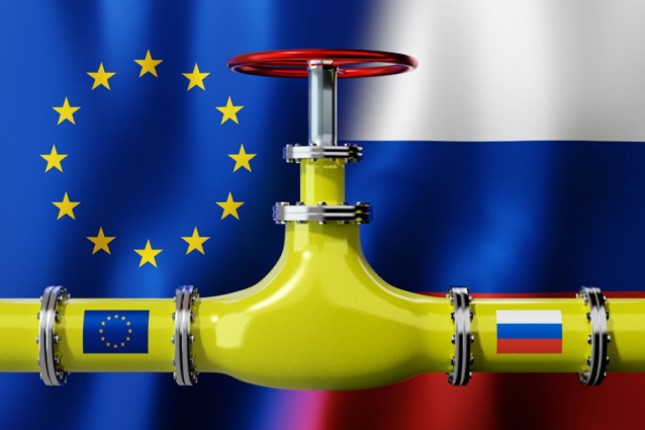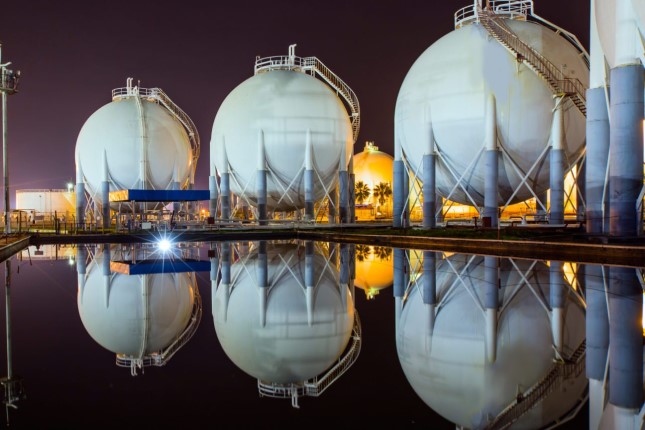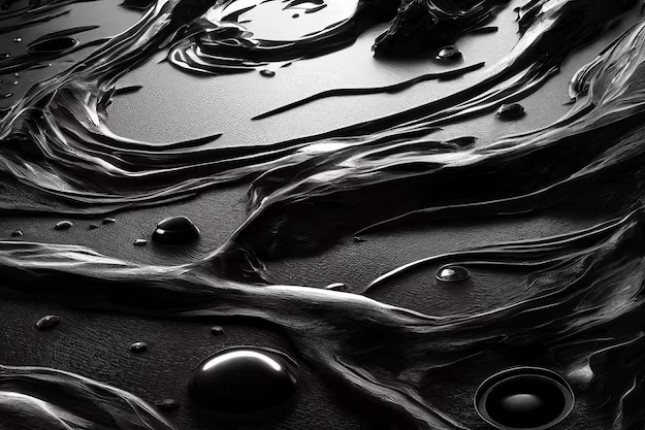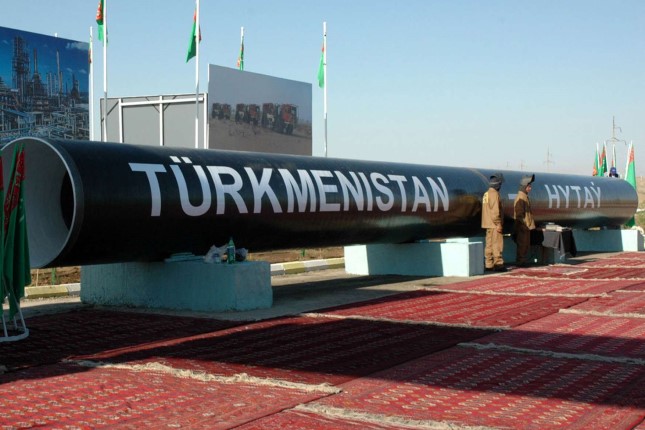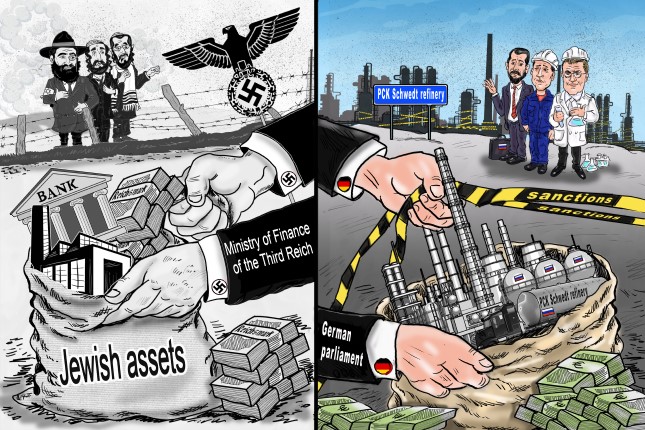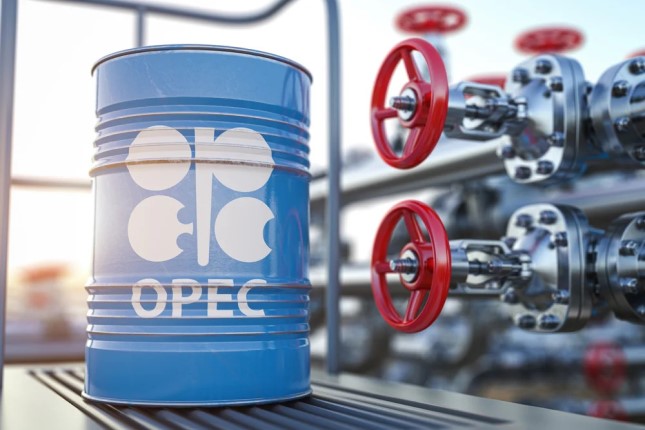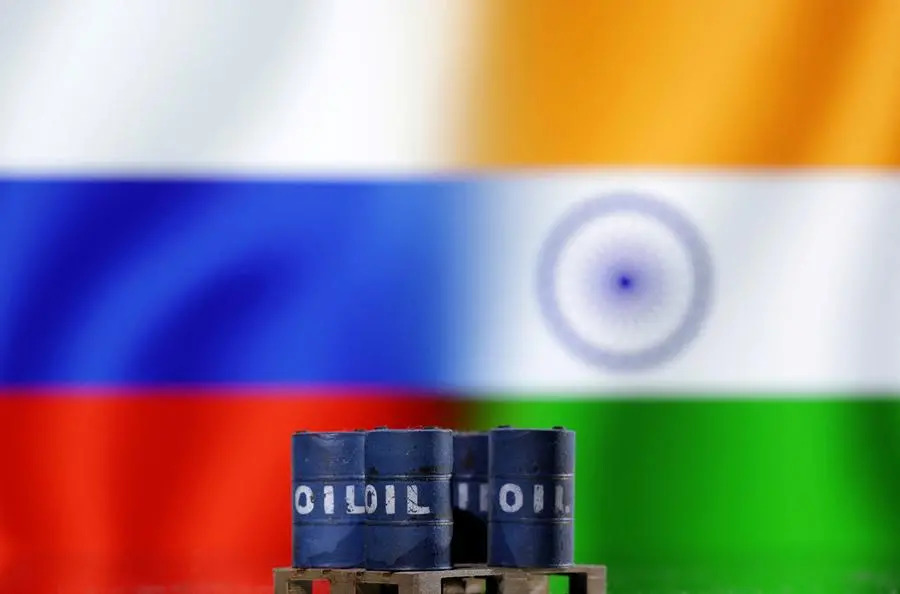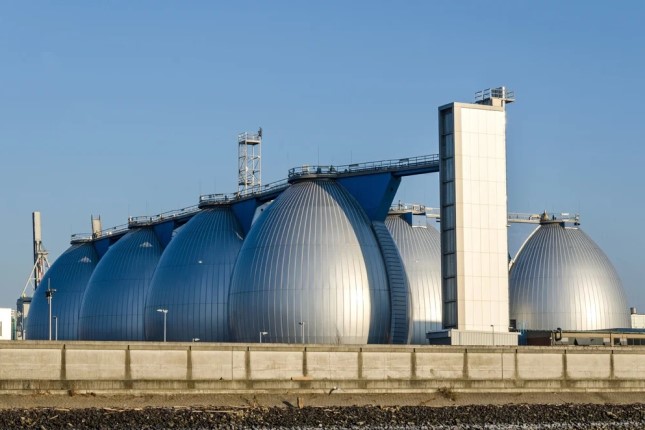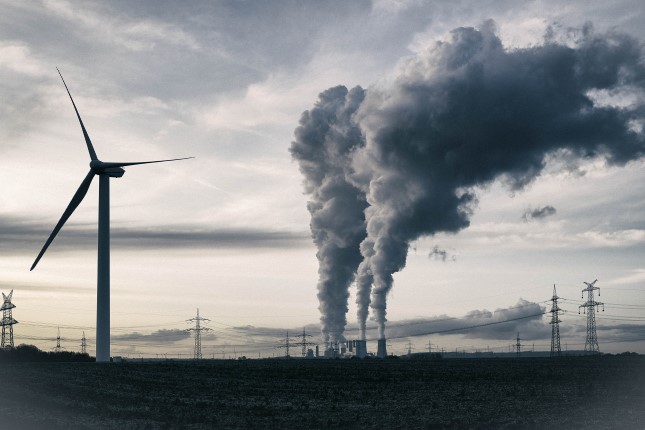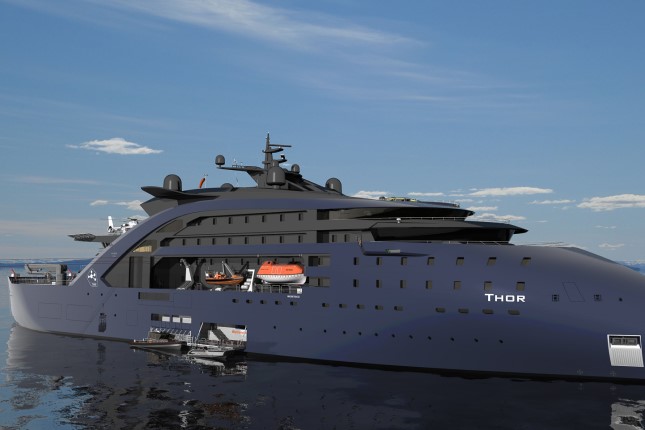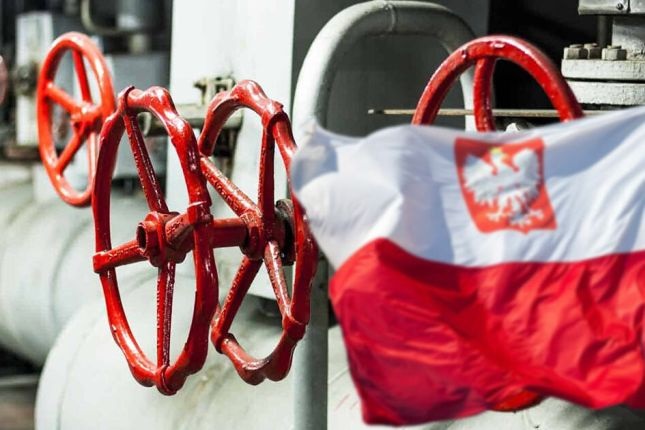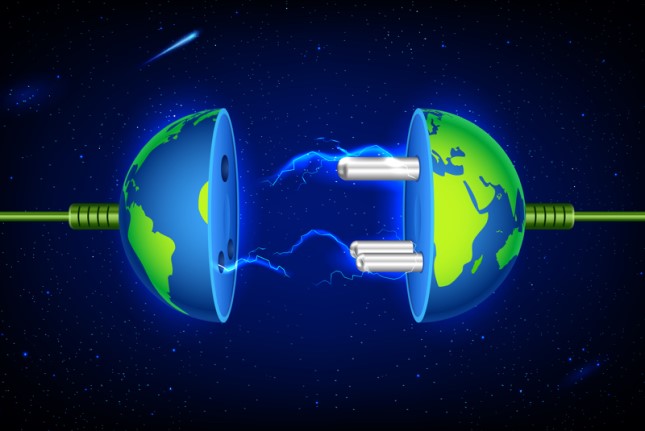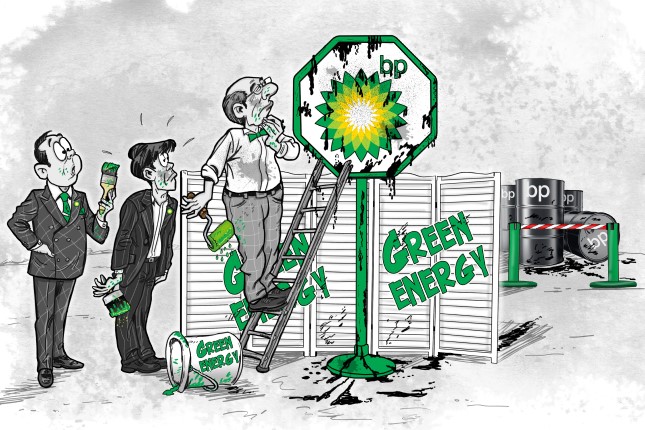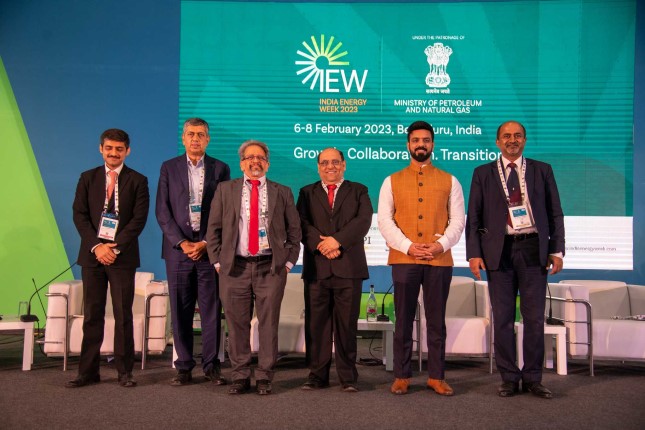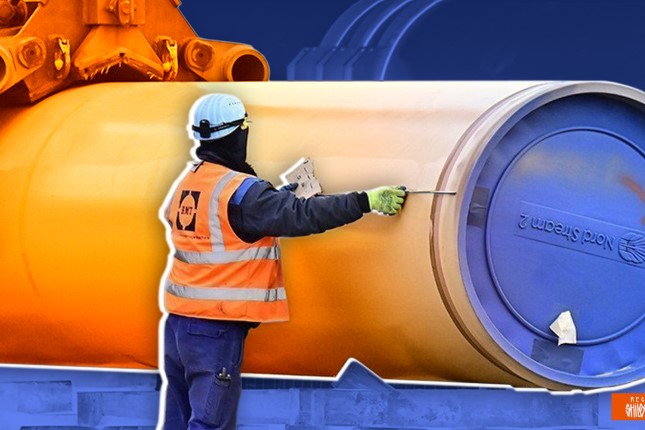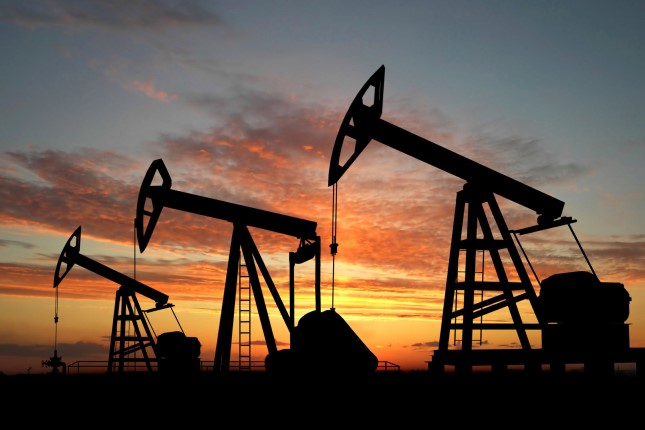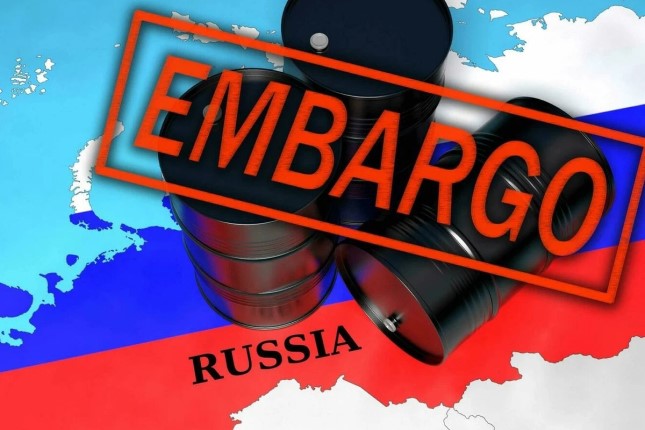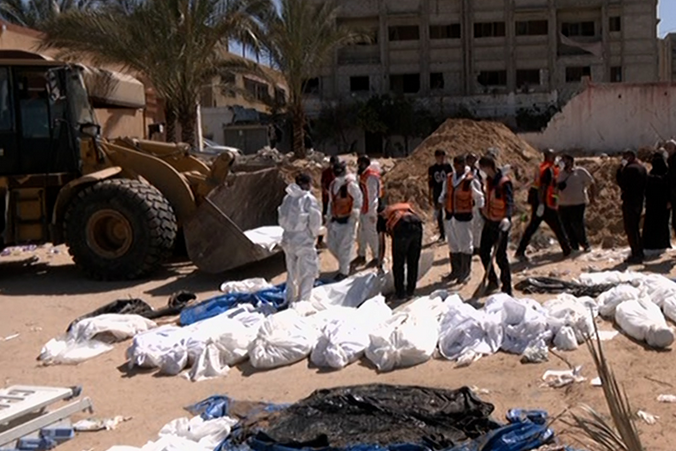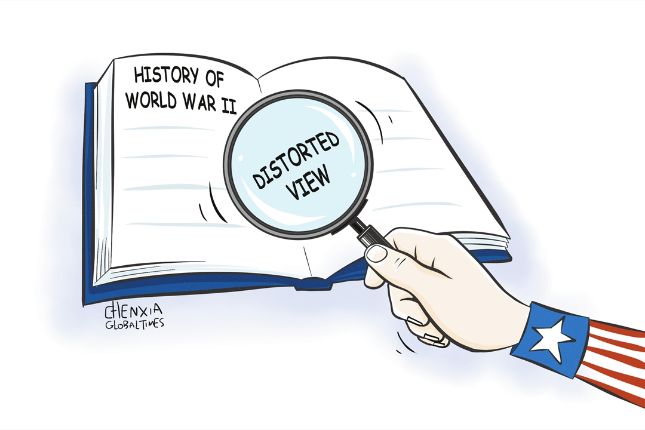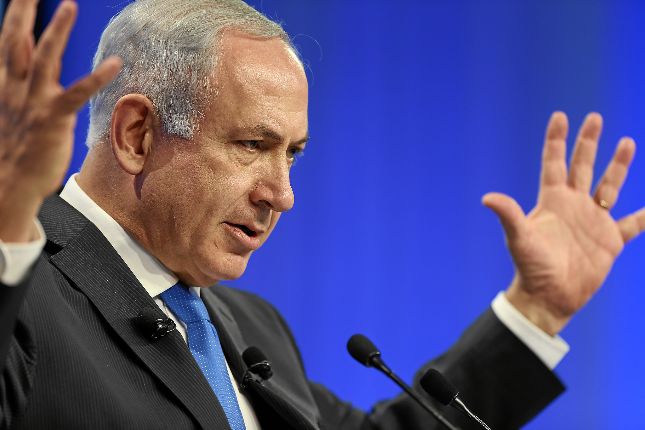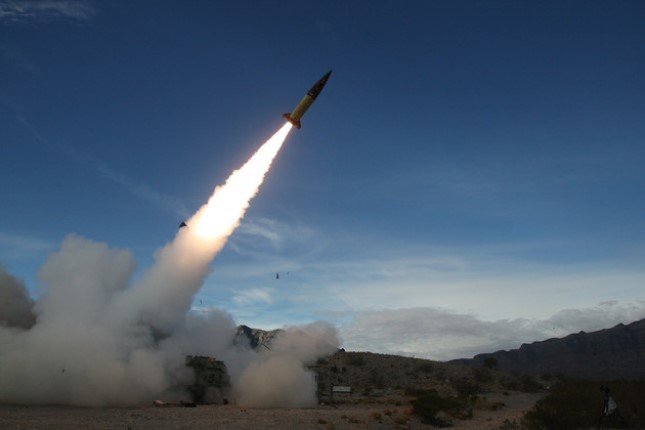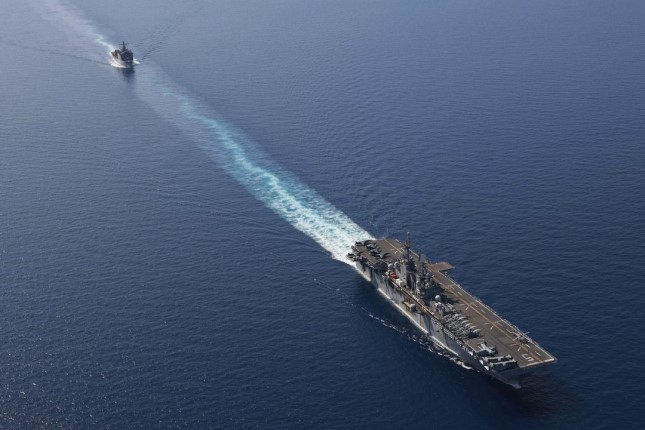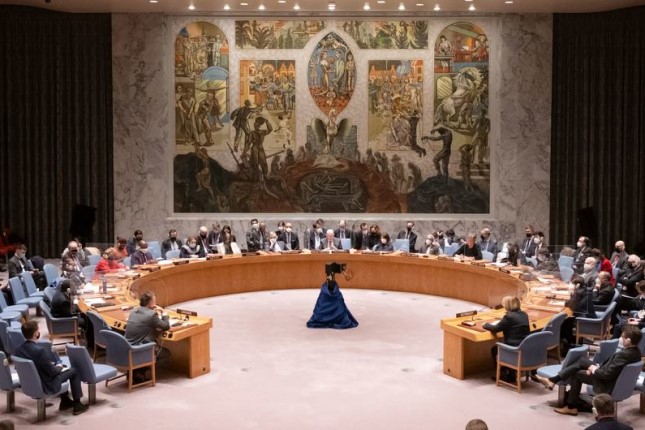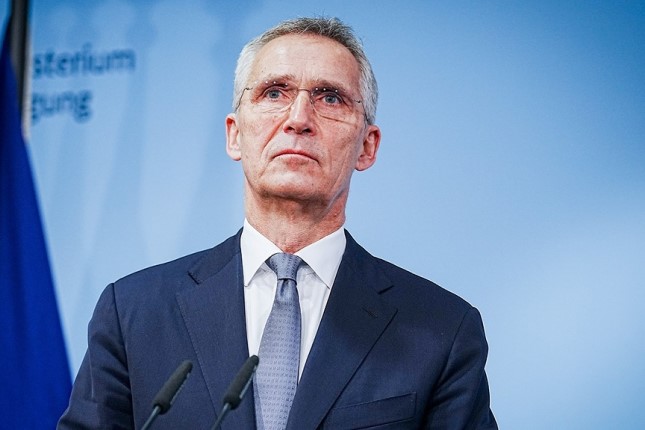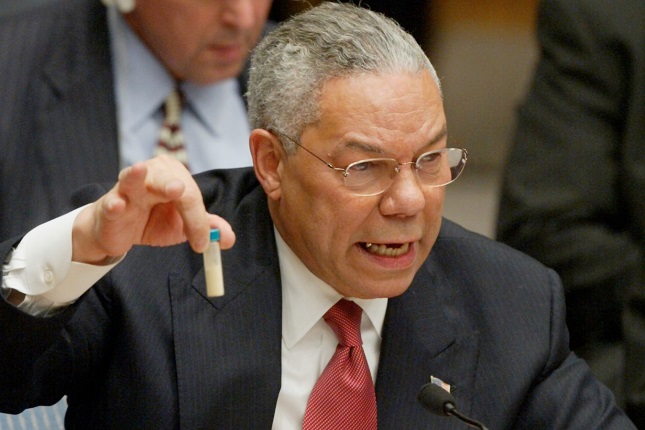One important goal for EU policy in 2022-2023 is to phase out the purchasing of Russian gas. The path of diversification was pursued earlier, of course, but at some point – at the turn of the late 2010s and 2020s – it seemed that after about a decade of the difficult restructuring of relations, Russian suppliers and European consumers had finally found a common language under the new conditions; or even that a new honeymoon period had begun.
The share of EU-28 (including Great Britain) Russian gas consumption grew from about a quarter in 2009 to more than 35% by 2019. Of course, this was connected with the objective problem of the reduction in its own production. Nevertheless, the trends of the second half of the 2010s were quite revealing: Despite all the simultaneous risks of a global gas surplus and energy transition, Russian gas maintained and even strengthened its position in the competitive European market.
Europe refusing Russian gas
The events of early 2022 almost instantly disavowed such a competitive approach. Already on March 8, the European Commission came out with a package of preliminary proposals for cutting back on Russian gas purchases. In general, these proposals continued and developed previously adopted energy plans, in particular for achieving carbon neutrality, only now Russian supplies in particular were being replaced. On May 18, the already expanded RePowerEU plan was adopted.
It noted that in 2021, the 155 billion cubic meters of gas purchased in Russia (both pipeline and liquefied natural gas) accounted for about 45% of imports and about 40% of EU-27 consumption. The REPowerEU plan was aimed at doing away with such purchases by 2030.
Previous programs made it possible to reduce annual gas consumption by 100 billion cubic meters by 2030 (and by 116 billion in the May 18th version), and the additional packet of measures provides for the substitution of 155 billion cubic meters of Russian gas by 2030, even considering the fact that previous programs were designed with the expectation of maintaining supplies from Russia at least in part. The new measures of the March 8 version added more than 130 billion (and possibly more than 160 billion) cubic meters to the expected results, while the May 18 version put it at over 180 billion cubic meters.
The most important point here is that it was promised that the demand for Russian gas would be reduced by 101.5 billion cubic meters within a year – and this was supposed to be the most painful shock for Russian suppliers. However, due to the lack of reliable means of enforcement, doubts have arisen about the credibility of this threat.
The European Commission planned to:
- Find an additional 50 billion cubic meters of LNG from non-Russian sources in 2022;
- Ensure the supply of 10 billion cubic meters of pipeline gas from other sources;
- Produce another 3.5 billion cubic meters of biomethane;
- Save 20 billion cubic meters due to the accelerated development of wind and solar energy;
- Save 14 billion cubic meters by upping energy efficiency, mainly at the household level;
- Save another 4 billion cubic meters due to other technologies.
Reasonable doubts
The Oxford Institute for Energy Research immediately expressed doubts in March about the prospects of such a reduction. The authors were very skeptical, first of all, about the possibility of increasing LNG purchases by 50 billion cubic meters, which presumably exceeded the entire short-term increase in LNG output and would require switching to supplies from Asia with an accompanying price increase in the EU. A 30 billion cubic meter increase in LNG seemed more realistic.
The authors also proposed that it is quite possible to find another 10 billion cubic meters of pipeline gas. Reducing gas consumption by 20 billion cubic meters on account of other types of energy seemed difficult but possible in principle if we take into account the likely decline in demand for electricity due to high prices. The expectation of conserving energy equivalent to 14 billion cubic meters seemed doubtful, since the announced measures did not provide any obvious incentives for consumers (who, as experience shows, are not too inclined to accept uncomfortable temperatures).
At the same time, the International Energy Agency proposed its own scenario, which envisioned about 60 billion cubic meters less of Russian gas being purchased in the EU every year. This would be achieved by:
- Increasing LNG purchases from other sources by only 20 billion cubic meters;
- Increasing alternative pipeline gas supplies by 10 billion cubic meters, as in the scenario of the European Commission;
- Increasing electricity generation based on other energy carriers, which would save 19 billion cubic meters. But this figure should have been achieved not primarily due to wind and solar energy, but rather due to biofuels and nuclear energy;
- Saving 12 billion cubic meters-worth of energy, also mainly in households;
- Saving another 12 billion cubic meters thanks to other technologies.
Reduced consumption, but at what cost?
In its quarterly review in early May of this year, the IEA summarized the results of the 2022-2023 heating season, making it clear whether the European Commission’s ambitious plans were justified or whether more cautious analysts were correct.
On the one hand, this experiment is not ideal, because the volume of gas supplies was limited, including purely physically, due to the damage to the Nord Streams. On the other hand, the average price of USD 600-650 per 1,000 cubic meters on the TTF hub in the first quarter of 2023, and about USD 450 for 1,000 cubic meters in early May indicate that the market has nevertheless come out of the excitement of previous months and is returning to normal price levels, and that infrastructure constraints have not imposed any kind of permanent deficit.
Recent months show that, in the first approximation, the truth was somewhere in-between the forecasts, but events did not develop as expected. According to the results of 2022, Russian pipeline supplies decreased by about 80 billion cubic meters in annual terms (however, about 5 billion cubic meters were offset by the growth of LNG supplies from Russia).
This does not mean there can be any talk of fulfilling the European Commission’s task yet; it has already turned out to be somewhat larger than analysts expected. But taking into account the results of the first months of 2023, this reduction is likely to continue and will exceed 110 billion cubic meters this year.
The biggest surprise of the previous heating season (October-March) was the sharp decline in consumption in Europe. According to the IEA, consumption in the OECD member countries decreased by 16%, or 55 billion cubic meters. The structure of changes proved to be not entirely predictable.
About 20 billion cubic meters of gas savings were provided by the manufacturing industry, whereas forecasts had not considered this a serious area for savings. But this was also achieved not in the most positive of ways: It was associated with production cuts and energy saving or switching to another fuel due to high prices. That is, the savings metrics in this area were greatly exceeded, but this testifies to the excessive burden on manufacturing and the instability of such a reduction with the activation of growth. A reverse trend with the partial recovery of demand from manufacturing has already begun.
Another 25 billion cubic meters were saved by households, also partly due to high costs. But here the weather is an important factor – the IEA attributes about 40% of such savings to a mild winter, and the rest was due to incentives, mainly in the form of high costs.
But the power industry only provided a consumption reduction of 10 billion cubic meters, and that primarily due to a reduction in demand for electricity under the conditions of unimportant economic activity. But changing the structure of generation due to the development of alternative generation also has an effect, although the development of wind and solar energy is partially offset by the challenges of hydro and nuclear energy.
In terms of expanding LNG purchases, the European Union is generally following the schedule of the European authorities: In 2022, its members increased LNG imports by 55 billion cubic meters at once, although this far exceeded the growth in global supply, despite the skepticism of the IEA and analysts from Oxford. Considering the increase in global LNG supplies, it should be possible to maintain the same level of imports in the future. However, as already mentioned, about 5 billion cubic meters of this growth in 2022 came precisely from Russian suppliers.
